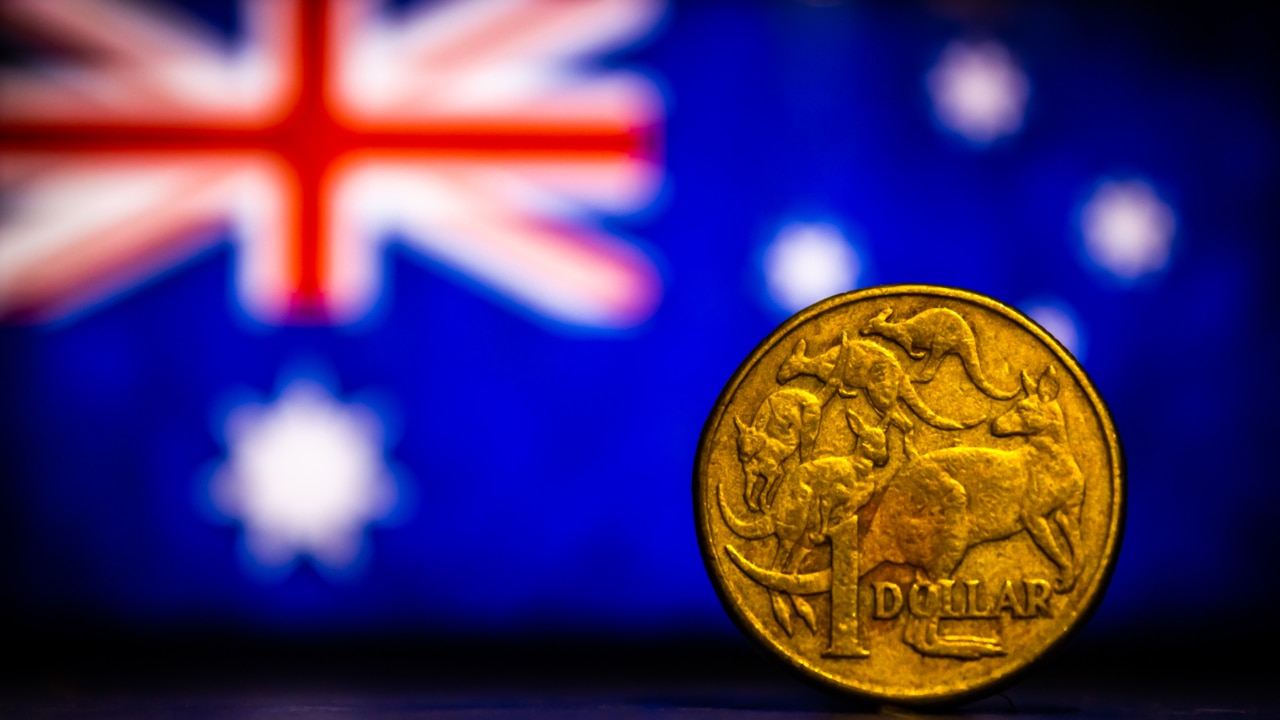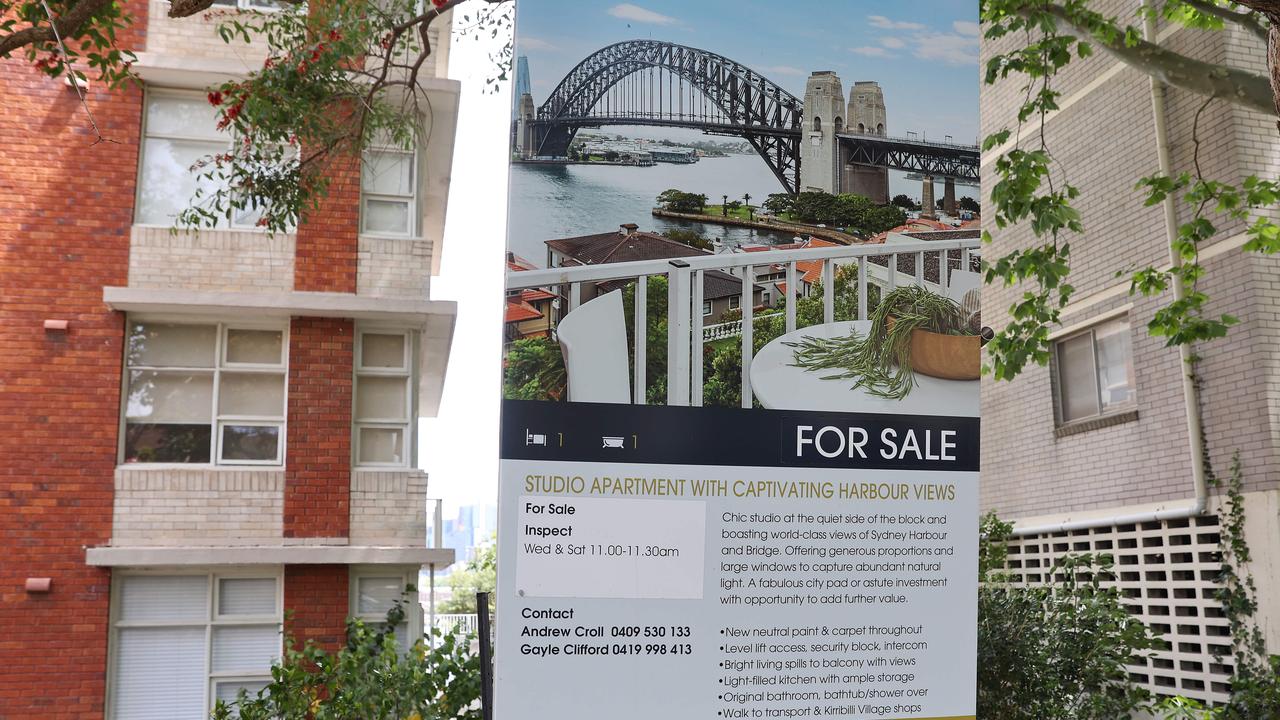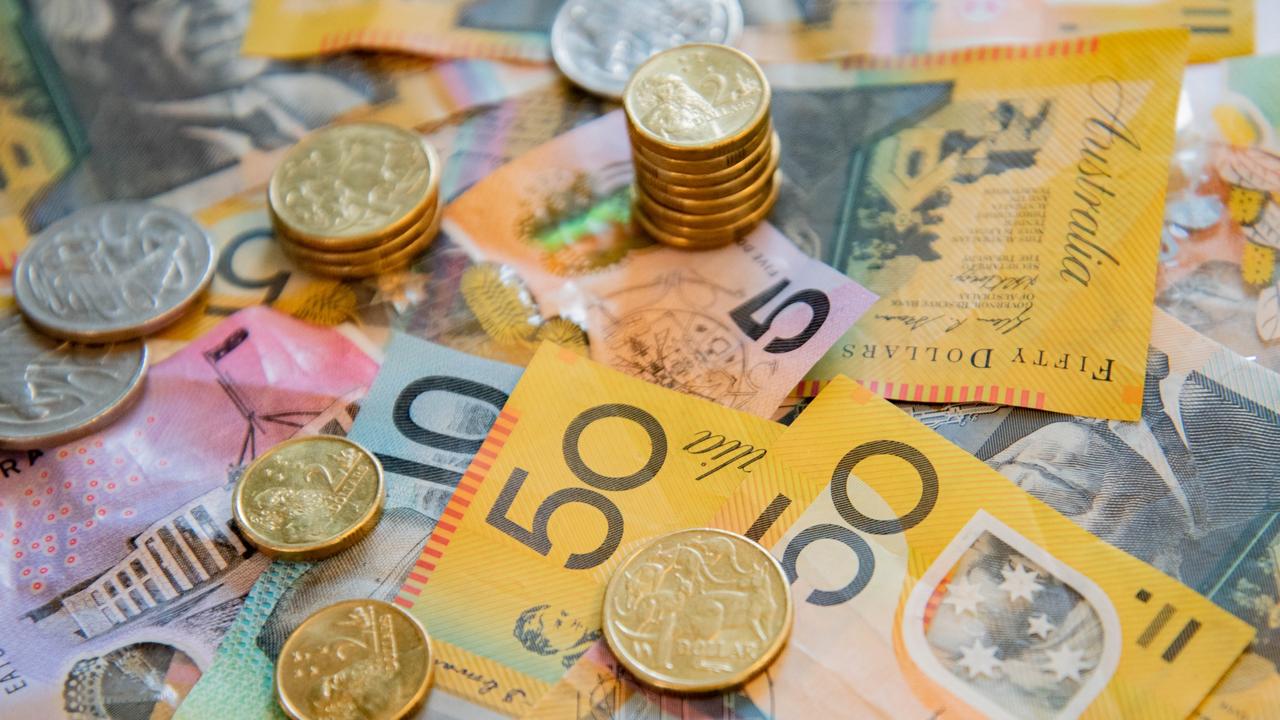Interest rate rises and cost of living crisis slugging Aussies up to $7k
There are warnings that a “new wave of financial distress” is going to strike people’s wallets as the cost of living continues to soar.

Aussie homeowners rolling off ultra low fixed rates face being hit with a whopping $2700 increase to their monthly repayments if they are put on their lender’s variable rates and do not shop around to refinance, experts have warned.
It would see borrowers leave a rate of 1.92 per cent and instead be slugged with a 7.16 per cent variable rate – while new customers are being offered rates as low as 4.82 per cent.
The almost $3000 increase is based on a $1 million loan amid predictions interest rates will soar from 3.1 per cent to 3.85 per cent by May in line with Westpac and ANZ forecasts, particularly after inflation has continued to blow out.
But borrowers could reduce their repayments to $1600 extra a month if they refinance to the lowest variable rate, RateCity found.

Around $400 billion worth of fixed rate loans is expiring this year meaning many Aussies are facing the headache of much higher interest rates.
Meanwhile, a 0.25 per cent rate increase in February on a $500,000 loan over 30 years will add an extra $81 to strained wallets, increasing repayments since April by $969 to over $3000 per month, Canstar analysis showed.
For larger loans of $1 million, the impact will be an extra $161 or $1939 since April with repayments now reaching over $6000 per month.
“A new wave of financial distress will be felt by homeowners who are coming off fixed rates. These borrowers will be catching up to where variable home loan borrowers have been for some time, which makes it important to cleanse the household bills and put a plan in place before their fixed rate expires,” said Canstar’s money expert Effie Zahos.
“Lenders are continuing to roll out cashback deals and special rates so it’s important to see how your current loan stacks up. In this market, it’s not unusual to have to refinance a couple of times in order to stay ahead.”

It comes as the Australian Consumer Price Index rose by 1.9 per cent in the December quarter to reach a whopping annual rate of inflation of 7.8 per cent, according to the latest ABS data, raising fears that there is no way for Aussies to avoid further rate hikes.
This was the highest annual increase since June 1990 when the annual rate reached 7.7 per cent, with the December quarter rise driven by holiday travel and accommodation, electricity and new dwelling purchases by owner occupiers.
But it’s not just homeowners that will be suffering from the soaring costs.
An Australian earning the average salary of $92,000 would have needed a $7178 pay rise to have kept pace with inflation over the past year, Canstar analysis found.

Ms Zahos said consumers will continue to feel price pressure on key household bills for at least the first half of this year.
“Applications per job ad picked up in November through to December by 10.4 per cent according to Seek, which indicates Aussies are looking at making a career move in 2023,” she added.
“Typically a new job can bring in a higher wage. If a pay rise isn’t on the cards then more households may have to consider a side hustle to cover the inflationary shortfall this year.”






